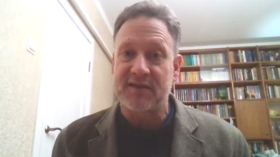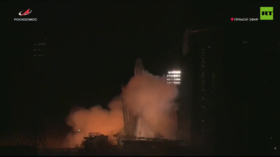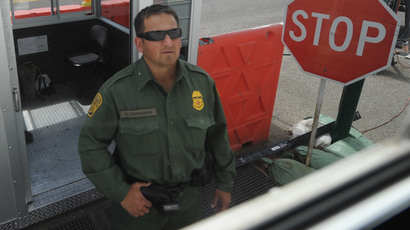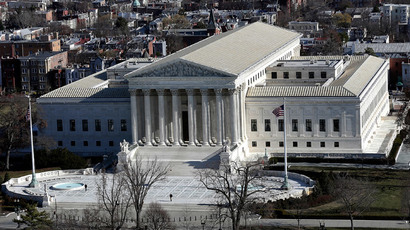Latinos become the majority in California, but remain political lightweights
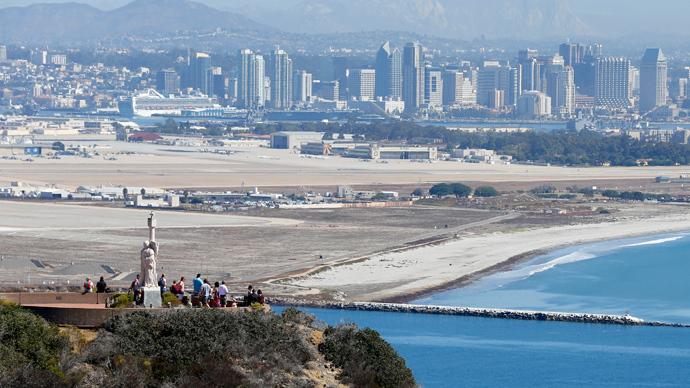
US sociologists have long said that the majority of Americans will not be Caucasian past the coming decades. Already in California, Latinos have become the majority demographic, though political representation is another matter.
In March, for the first time ever, the official population of California will be 39-percent Latino, nudging past the 38.8-percent of state residents who are white non-Hispanic and far more than the comparatively small Asian American and African American demographics.
The number of Latinos was initially expected to surpass the non-Hispanic white population, although the Latino birth rate temporarily slowed uncharacteristically.
This change is not necessarily a surprise, with California becoming the second state to undergo such a shift after New Mexico. Hispanic voters have yet to see their population accurately reflected in national politics, however.
“On election day 2012, there were 53 million Latinos in the US – 17.2-percent of the population,” wrote Rory Carroll of the Guardian. “But they accounted for just 10.8-percent of eligible voters and 8.4-percent of actual voters. Furthermore, half lived in Texas and California, which don’t swing presidential races.”
More Hispanics will almost certainly vote in the next presidential election than the last, although how they will vote will be difficult to predict. Former US President George Bush earned more Latino votes than Republicans usually do in 2004, in part because of a promise to fight for immigration reform. That plan never came to fruition, and would remain unabated through the next administration.
In 2012, Latinos voted for President Obama over Republican challenger Mitt Romney by a margin of 71-percent to 27-percent. Obama has yet to repay the favor, though, earning the nickname “deporter-in-chief” because more people have been deported during his administration than the previous one.
As Latinos make up more of the population not only in California but throughout the US, where they vote will matter less. Last year, the Pew Research Center called the Hispanic electorate “an awakened giant” that is likely to double in size over the next 16 years.
“Demographic changes that are coming will reshape the electorate, and in turn that will likely have impacts on policies and issues that decision makers focus on in the coming decades,” Mindy Romero, director of the California Civic Engagement Project at the UC Davis Center for Regional Change, told Melody Gutierrez of the San Francisco Chronicle.
Other experts have said that the numbers could even exceed current expectation because the current median age for Latinos is 28 years old, prime childbearing years.
“A big question mark is about what that means for policy for youth,” Romero said. “Older voters often aren’t supportive of youth-specific policies.”
Mark Hugo Lopez, director of the Pew Research Center’s Hispanic Trends Project, told the Guardian that while the future is bright for Hispanics hoping for better representation, changes will come soon.
“Latinos are punching below their weight,” he said. “I would say the glass is half full.”





